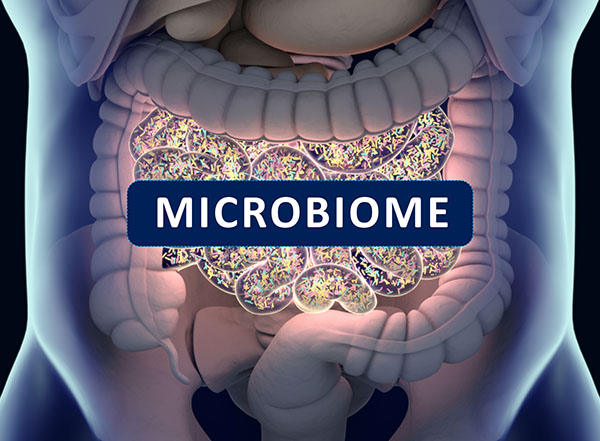
In a recent study, researchers at the Nelson Mandela African Institution of Science and Technology in Tanzania evaluated the acute and subacute toxicity of the methanolic extract of A. rabaiensis leaf (ARLME). They used laboratory mice for their in vivo experiments to determine whether A. rabaiensis leaf extracts are safe to use in pharmaceutical formulations.
The researchers reported their findings in an article published in the Journal of Medicinal Plants Research.
A. rabaiensis leaf extracts are safe to use for medicinal purposes
According to previous studies, the sap of Aloe species like A. rabaiensis contains anthraquinones, a class of aromatic compounds with plenty of beneficial activities, most notably as laxatives and anti-cancer agents. Anthraquinones are the main active components of herbs used to relieve constipation and are widely studied for their ability to inhibit the growth of cancer cells by inducing cell death. (Related: Hottentot fig, a medicinal plant from South Africa, can treat common ailments without causing blood toxicity.)
But despite their useful biological activities, anthraquinones can cause health problems if used in excess. Besides causing side effects like congestion and irritation of the pelvic organs, long-term use of anthraquinone laxatives has also been linked to the development of colorectal cancer.
To determine how safe A. rabaiensis extracts are for medicine, the researchers conducted an acute oral toxicity test using BALB/c mice. They followed OECD guideline 423 and administered ARLME to the animals via oral gavage at single doses of 1,000, 2,000, 3,000, 4,000 and 5,000 mg/kg body weight. They then observed the animals for 14 days for any signs of toxicity.
For the subacute oral toxicity test, the researchers followed OECD guideline 407 and administered ARLME via oral gavage to the mice at doses of 500, 800 and 1,000 mg/kg body weight every day for 28 days. At the end of the test, they collected blood samples from the animals for biochemical analyses and carried out gross and microscopic pathology examinations. For both tests, the control group received a single oral dose (0.5 mL) of one percent DMSO in normal saline.
The researchers reported that at doses below 4,000 mg/kg body weight, they did not observe any treatment-related death or signs of toxicity in the animals used in the acute oral toxicity test. However, at 4,000 and 5,000 mg/kg, they observed that ARLME caused drowsiness and sedation, suggesting that 3,000 mg/kg is the highest tolerable dose for the extract. ARLME may be classified as a category 5 drug, or a substance with low potential for abuse.
In the subacute (repeat dose) toxicity study, the researchers reported that the extract did not cause adverse changes in hematological parameters, body weight and histopathology results at 500 and 800 mg/kg. However, at 1,000 mg/kg, ARLME increased serum aspartate transaminase (AST) and alanine transaminase (ALT) levels, indicating a potential to cause liver damage. It also promoted the proliferation of white blood cells called lymphocytes in the liver and the infiltration of leukocytes in the kidneys. This meant that at high doses, ARLME can cause toxicity and trigger inflammation.
Based on these findings, the researchers concluded that A. rabaiensis leaf extracts are non-toxic at dosages below 1,000 mg/kg, making their use in drug formulations possible.
Sources include:
Please contact us for more information.























